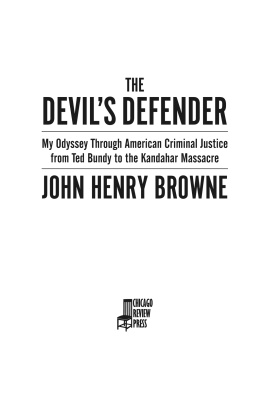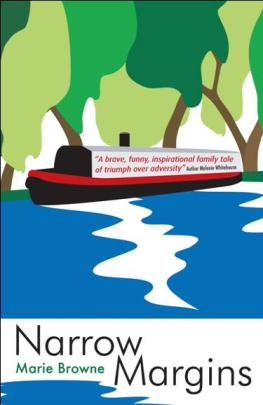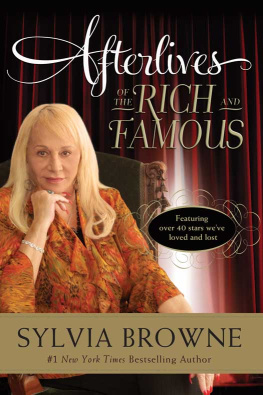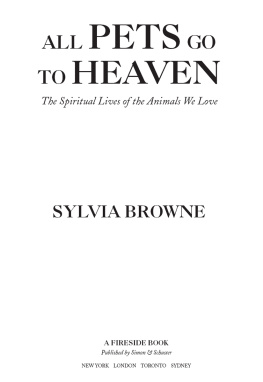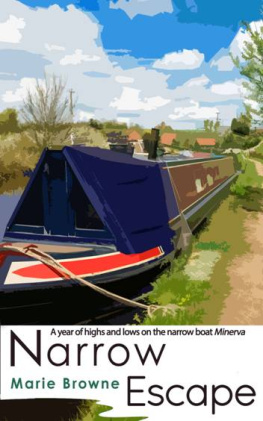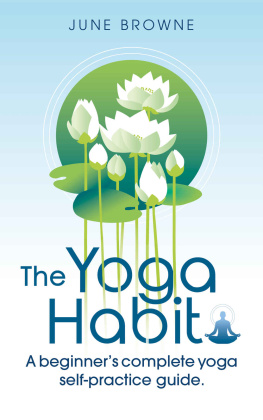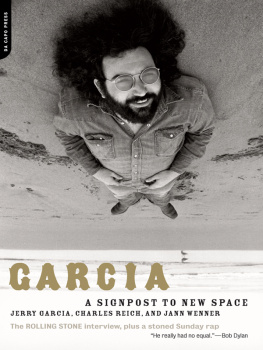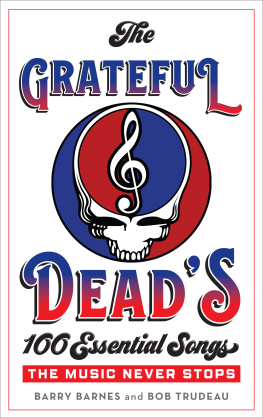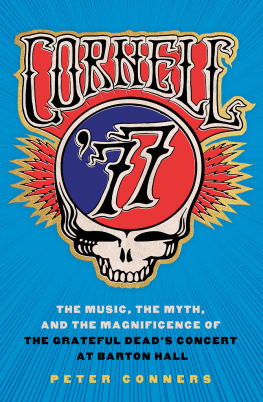So Many Roads
ALSO BY DAVID BROWNE
The Spirit of 76: From Politics to Technology,
the Year America Went Rock & Roll
Fire and Rain: The Beatles, Simon and Garfunkel,
James Taylor, CSNY, and the Lost Story of 1970
Goodbye 20th Century: A Biography of Sonic Youth
Amped: How Big Air, Big Dollars,
and a New Generation Took Sports to the Extreme
Dream Brother: The Lives and Music of Jeff and Tim Buckley

Copyright 2015 by David Browne
All rights reserved. No part of this publication may be reproduced, stored in a retrieval system, or transmitted, in any form or by any means, electronic, mechanical, photocopying, recording, or otherwise, without the prior written permission of the publisher. Printed in the United States of America. For information, address Da Capo Press, 44 Farnsworth Street, Third Floor, Boston, MA 02210.
Designed by Timm Bryson
Set in 12 point Fournier by The Perseus Books Group
Cataloging-in-Publication data for this book is available from the Library of Congress.
978-0-306-82171-4 (e-book)
Published by Da Capo Press
A Member of the Perseus Books Group
www.dacapopress.com
Da Capo Press books are available at special discounts for bulk purchases in the U.S. by corporations, institutions, and other organizations. For more information, please contact the Special Markets Department at the Perseus Books Group, 2300 Chestnut Street, Suite 200, Philadelphia, PA 19103, or call (800) 810-4145, ext. 5000, or e-mail .
10 9 8 7 6 5 4 3 2 1
FOR MY MOTHER, RAYMONDE LELLA BROWNE
who instilled in me a love of reading and writing and tolerated all those years of loud records (by the Dead and many others) in our home.
CONTENTS
Leave it to the ever-perceptive Mountain Girl, also known as Carolyn Adams, to articulate one of the goals for this book better than I could at the time. During one of many research trips to various points on the West Coast, I visited MG at her home in Oregon. It wasnt the first time she welcomed yet another writer wishing to pick her brain about the Dead and her relationship with Jerry Garcia.
As we sat down at her dining room table, a tape of a vintage Dead concert playing in the background, I told her I was also in search of not merely the story and music of the band but a bigger picture as welltheir fascinating dynamic. To clumsily show what I meant, I put my two hands together, interlocked my fingers, pulled them apart and joined them together again.
Oh, thats the mystery! she said, picking up on what I was trying to get at. How those guys did what you just did with your fingers. How did they get together and relate to each other? Then she partly answered her own question: They really worked on it. They wanted it badly. They were glued to the enterprise.
The how and why of that enterprise has captivated me since I first discovered the Deads music. Actually, I saw the Dead before I heard them. In the early seventies, when I was just a little kid, I came across one of those early rock history books in a local library in my New Jersey shore town. Flipping through it, I came upon a photo of the Dead circa 1969, the lineup that included both Pigpen and Tom Constanten. They looked like a welcoming bunch of hippie-cowboys, and I was as intrigued by the photo as only a kid who grew up with Old West myths and pop music could be. One of the albums in my fledgling record collection was Crosby, Stills, Nash & Youngs Dj vu, so I knew Garcias name and photo from the liner notes, thanks to his guest role on Teach Your Children. But I needed to know more about his day job.
Not long after, I received my first FM radio, and if memory serves, one of the first songs I heard on it, by way of WPLJ-FM in New York, was Casey Jones. Oh, I thought, thats the Grateful Dead. I loved the groove and lead guitar in the songand couldnt believe I heard the word cocaine in a song on the radioand I soon bought my first Dead album, Workingmans Dead (home, of course, to Casey Jones). From that point on I kept up with the new releases, and even when I swerved into other artists and genres in the decades ahead, from indie rock to Celtic folk to electronica, I often found myself circling back to the Dead: from the time that college buddy taught me how to play the riff to China Cat Sunflower (so much fun that we played it over and over for maybe a half-hour) to the phone call I received in 1987 from an editor at Rolling Stone asking if was interested in reviewing their new album, In the Dark. Ill also never forget the sight of another college buddy, a guy named Phil, who wore a Dead yarmulke during the Jewish holidaysand these were in the late-seventies infancy days of rock merchandise.
Having grown up hearing singer-songwriters and folk rock, I naturally loved Workingmans Dead, American Beauty, and Garcia, three of my first Dead-related purchases. (Im also one of those people who feels the Dead made many, many terrific albums, even though, as I learned, the musicians themselves generally disparaged their studio work and only thought their songs truly came to life before or after they appeared on vinyl or CD.) I thought I had the Dead figured out, but, of course, I was wrong. From hearing their albums to eventually seeing them live, starting in the eighties, I realized what a wide swath they cut in music and the culture. Their forays into country, bluegrass (Garcia with Old and in the Way), experimental music (Lesh with Seastones), and improvisation (good chunks of concerts and live albums) helped introduce a nave kid like myself to those styles and approaches. From record to record, side project to side project, you never knew what you would get with these guys, and that was part of the fun (and sometimes the exasperation). At least they werent predictable. For me the Dead also refuted the argument that England has given us the legendary rock bands (the Beatles, the Who, the Rolling Stones) while America has largely contributed classic solo performers (Chuck Berry, Buddy Holly, Dylan, Springsteen). The Dead were a great band, and very much American.
In the many, many years since my introduction to the Dead world I saw the band live and also kept up with its post-Garcia off shoots. Starting in 2008 I was fortunate enough to interview the surviving members for numerous stories for Rolling Stone, where I found myself on thepardon the punDead beat. Each man was never less than sharp, opinionated, and candid about the bands past and present, which, in a public-relations-manipulated world, was absolutely refreshing. They called it as they saw it, and it was easy to respect that.
In some ways those conversations were the launch point for this book, which presented me with the most daunting challenges of my career. So much has been written about the Dead: in print, online, in liner notes, you name it. The books, articles, websites, blogs, and academic papers devoted to them are mountainous. Longtime historians and journalists have written authoritative, superbly researched accounts that every Deadhead should read and study. What in the world could I, a relative outsider, bring to this story?
A different structure, for one. When I ran the idea of doing a Dead biography (pegged to their fiftieth anniversary) past my wife, Maggie, an always astute and insightful editor, she had an immediate idea: fifty years, fifty vital days. A great if overwhelming idea, it nonetheless sparked something: What if one painted a selective portrait of the bandits music, its members, and the times around themby making each chapter about one significant or representative day, using it as a window into what was happening with the Dead during that period? Given the colorful, multihued characters and settings that comprise the Dead saga, I tucked the idea in the back of my brain and began my research. In the end I went with a somewhat curtailed version of that concept (not quite fifty, but enough). Im sure every Deadhead or band or family member will have their own ideas about which days should have been selected, and I welcome feedback. But for me these were ones that give this epic saga some shape, and these are the tales I heard along the way.
Next page

